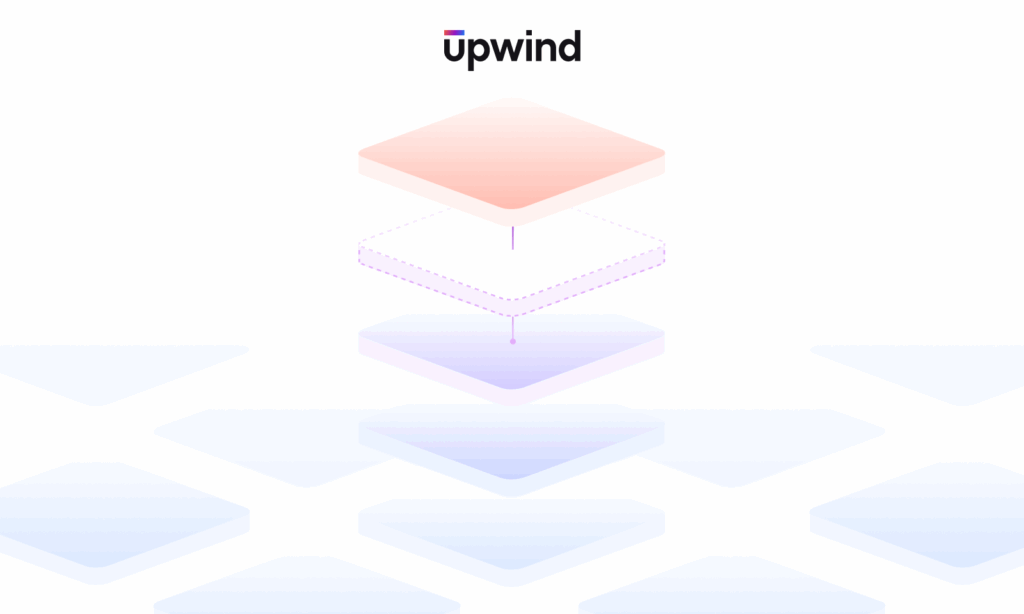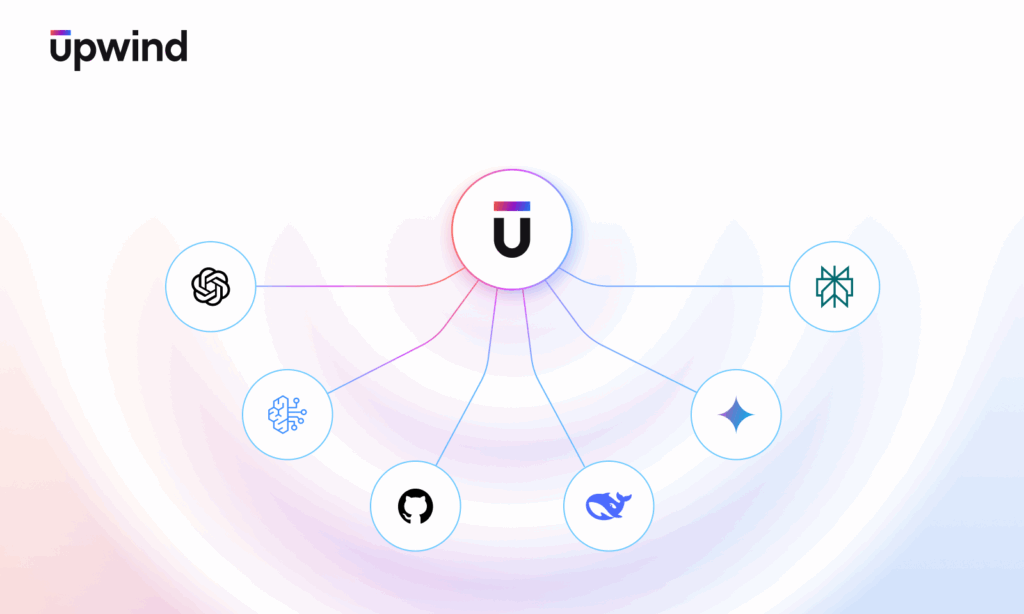
Navigating Kubernetes Security: Understanding the Risks and the Right Way to Stay Secure
Kubernetes, often called K8s, is revolutionizing how organizations deploy and manage containerized applications. Originally developed by Google and now open-source, Kubernetes has become a standard for orchestrating containers across on-premises, hybrid-cloud, and public cloud environments. But with this increased flexibility and scalability comes a new range of security challenges that require thoughtful, proactive solutions.
In its Greek origin, Kubernetes means “helmsman” or “pilot” -an apt metaphor for a platform that steers modern applications through complex infrastructure landscapes. At its core, Kubernetes is built on a cluster-level architecture divided into two planes:
- Control Plane: This acts as the system’s brain, handling scheduling and decision-making.
- Data Plane: These are the worker nodes responsible for hosting and running application workloads within containers.
As Kubernetes adoption grows, so does the potential attack surface. A single Kubernetes cluster can include dozens of applications and multiple entry points – making it an attractive target for attackers. Securing both the control and data planes at runtime is now a baseline requirement for Kubernetes environments for securing Kubernetes environments.
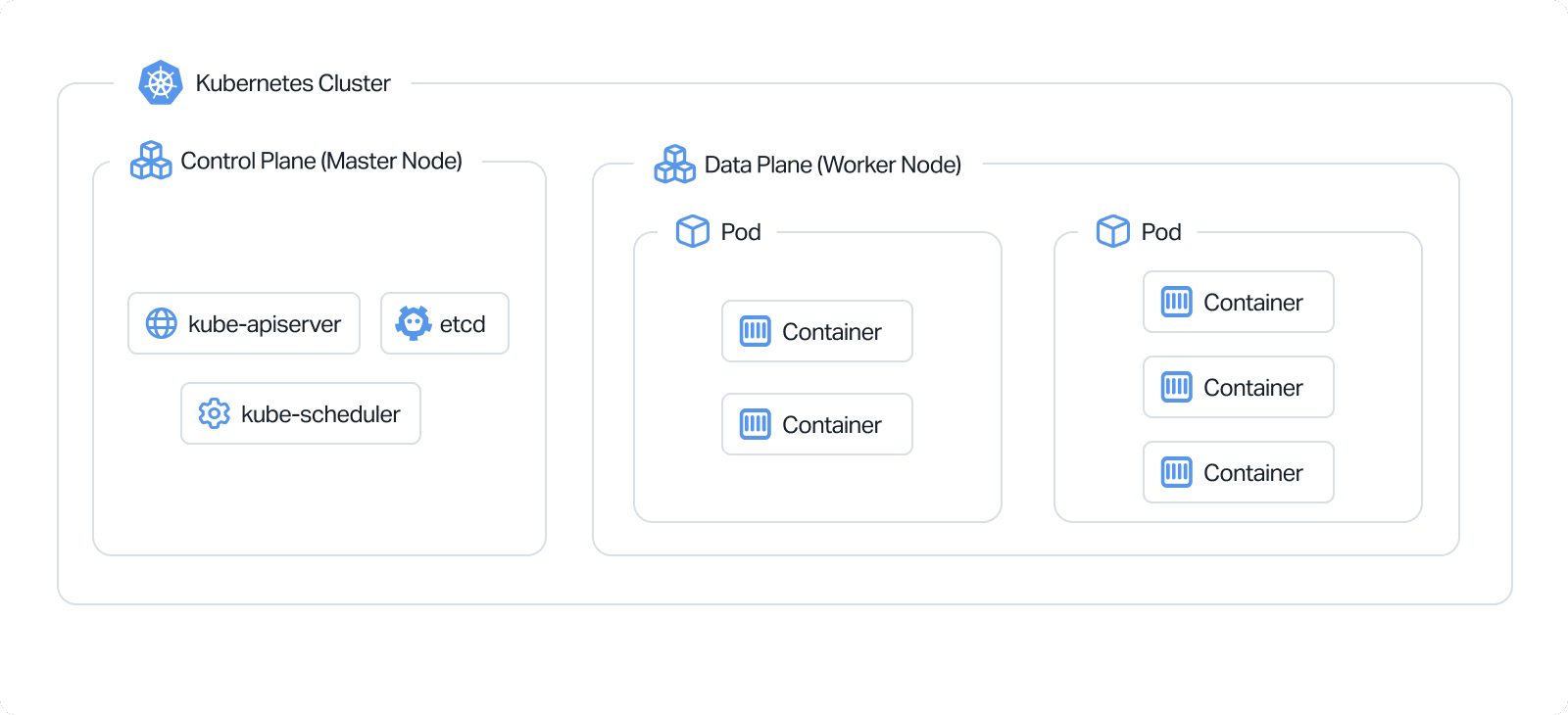
Why Kubernetes Security Demands More Than a Traditional Approach
While convenient, managed Kubernetes services such as EKS, GKE, and AKS often restrict access to the control plane. This forces organizations to depend on logs and monitoring for threat detection. Recent attacks like RBAC Buster and SCARLETEEL have exploited Kubernetes vulnerabilities, including unauthorized API access, excessive RBAC permissions, and privileged pod usage, to deploy crypto miners and escalate privileges across cloud environments.
On the data plane, vulnerable nodes can allow attackers to laterally move across clusters – compromising containers, stealing secrets, or consuming compute resources. Security blindspots often arise from traditional vulnerability scanning tools that only operate at build time. These tools focus on shifting left but miss what’s actually running in production.
The Modern, Runtime-First Approach to Kubernetes Security
To truly secure Kubernetes, organizations must prioritize runtime scanning, intelligent threat detection, and environmental context. Security teams need to know not just what vulnerabilities exist, but where they are, whether they’re in use, and if they’re being actively targeted.
While some teams turn to sidecar containers for security observability, these introduce their own risks, like performance degradation and deployment complexity. A more effective solution lies in eBPF-based monitoring, which integrates directly with the Linux kernel to provide lightweight, detailed visibility into running processes, network traffic, system calls, and more, without burdening system resources.
How Upwind Secures Kubernetes Across Both Control and Data Planes
Securing Kubernetes requires more than just build-time checks or traditional monitoring. Upwind takes a runtime-first, context-aware approach that protects clusters in real time, across both the control plane and data plane, without adding friction to operations or performance overhead.
Full-Stack, Context-Rich Visibility
Upwind continuously maps your entire Kubernetes environment. This includes workloads, services, namespaces, and API activity. The result is a live view of what’s running, how it’s connected, and where risk exists. By combining data from Kubernetes manifests, cloud provider metadata, and runtime activity, Upwind delivers complete, contextual visibility – down to the pod level.
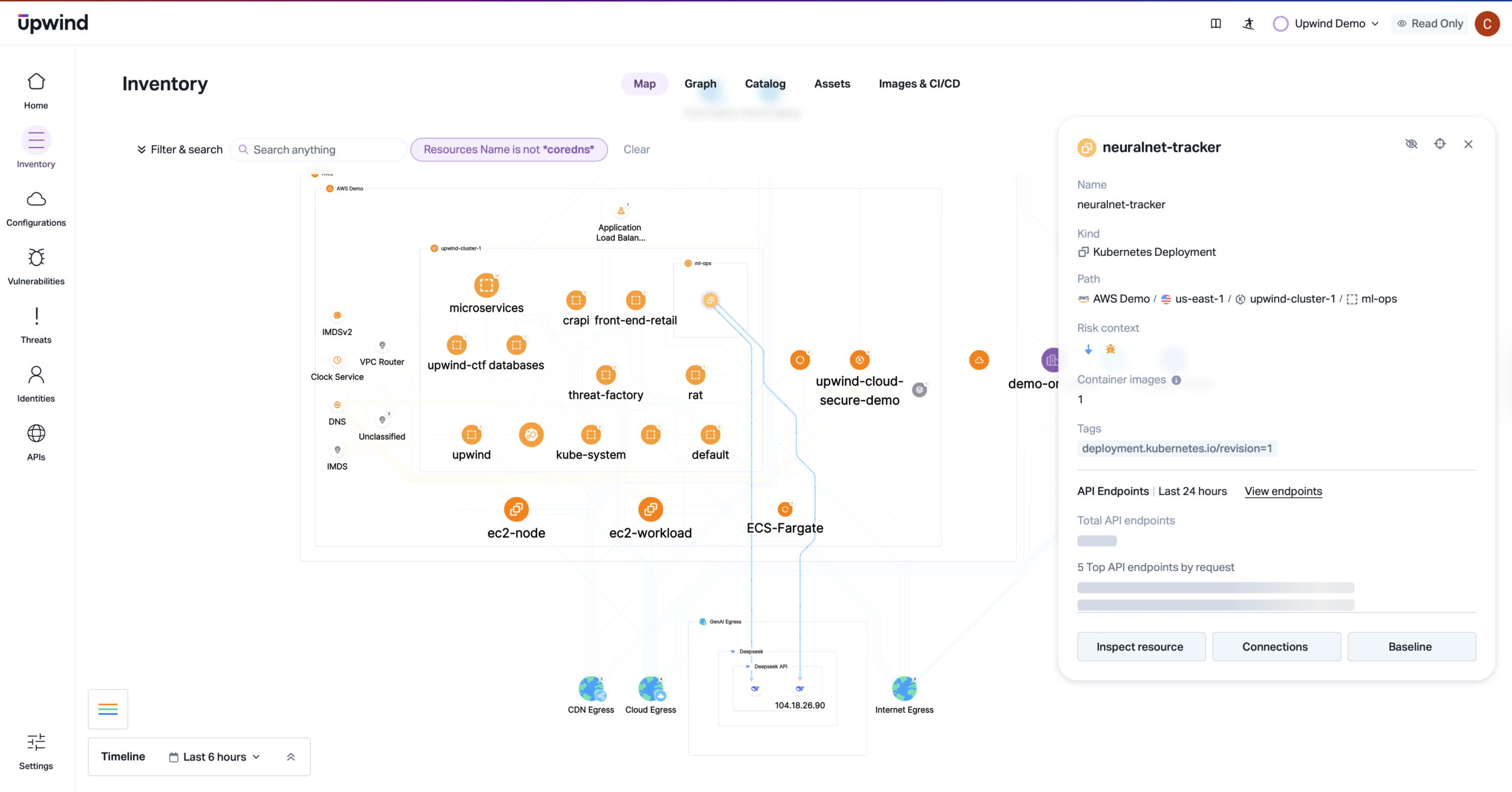
eBPF-Powered Runtime Monitoring
At the heart of Upwind’s Kubernetes security is its eBPF-based runtime monitoring. Without using sidecars or agents inside containers, Upwind leverages the Linux kernel to observe:
- System calls and process behavior
- Network traffic between services and external endpoints
- File and API access in real time
- Privileged or anomalous container activity
This enables Upwind to detect real threats such as crypto mining, privilege escalation, or lateral movement as they happen, not hours later via delayed log processing.
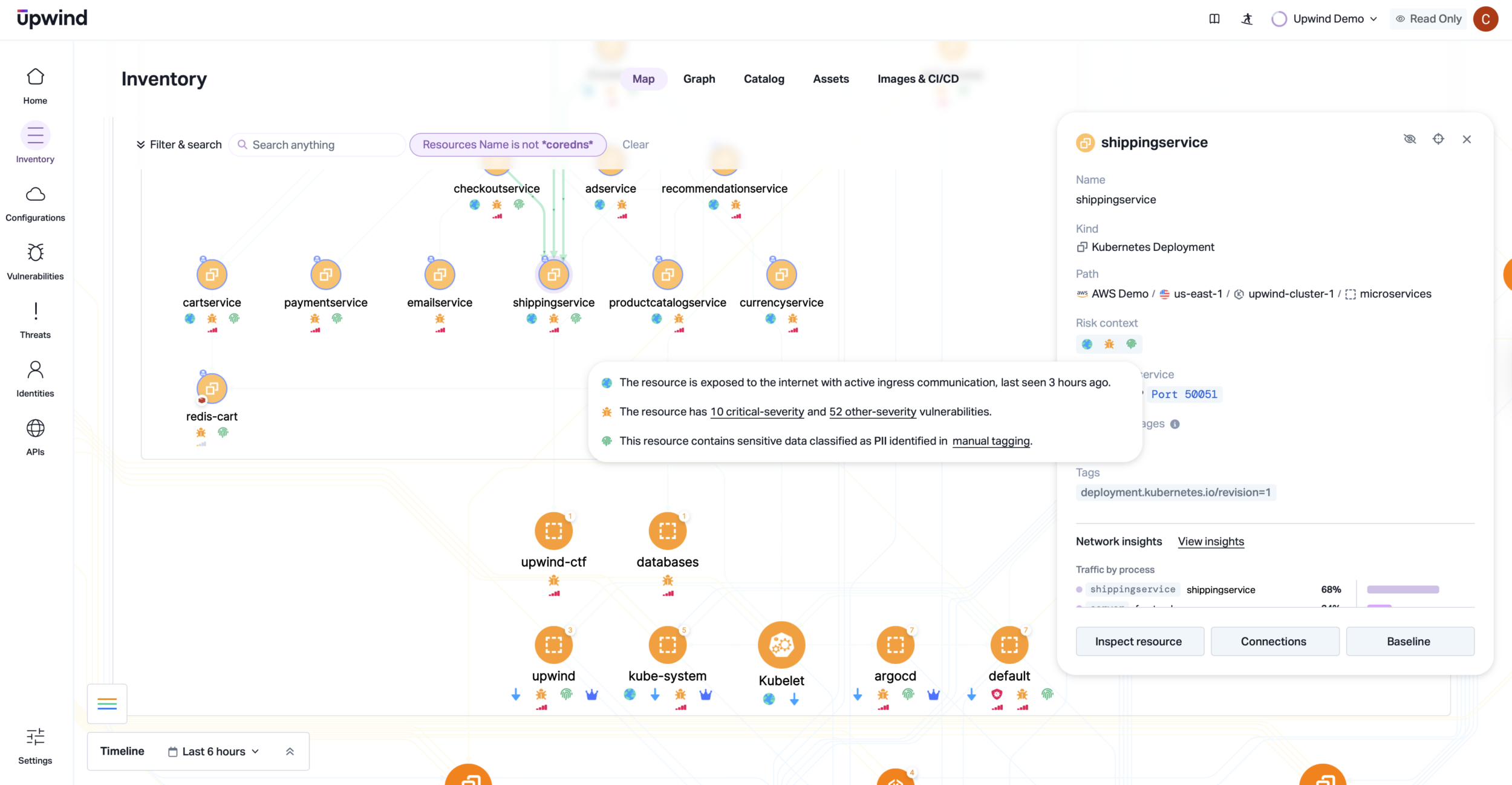
Control Plane Risk Insights
Even in managed services like GKE, EKS, and AKS where the control plane is abstracted, Upwind detects risky configurations, over-permissioned RBAC roles, and suspicious API activity. It continuously monitors Kubernetes audit logs and configuration states to surface threats like:
- Unauthorized access attempts
- Privileged pod creation
- Token abuse or excessive permissions
- Dangerous misconfigurations in role bindings and cluster roles
Upwind provides clear context around each alert. Upwind shows who triggered the alert, what happened and why it matters – making it easier to take action quickly, so teams can understand the cause, assess the risk, and take the right action without second-guessing.
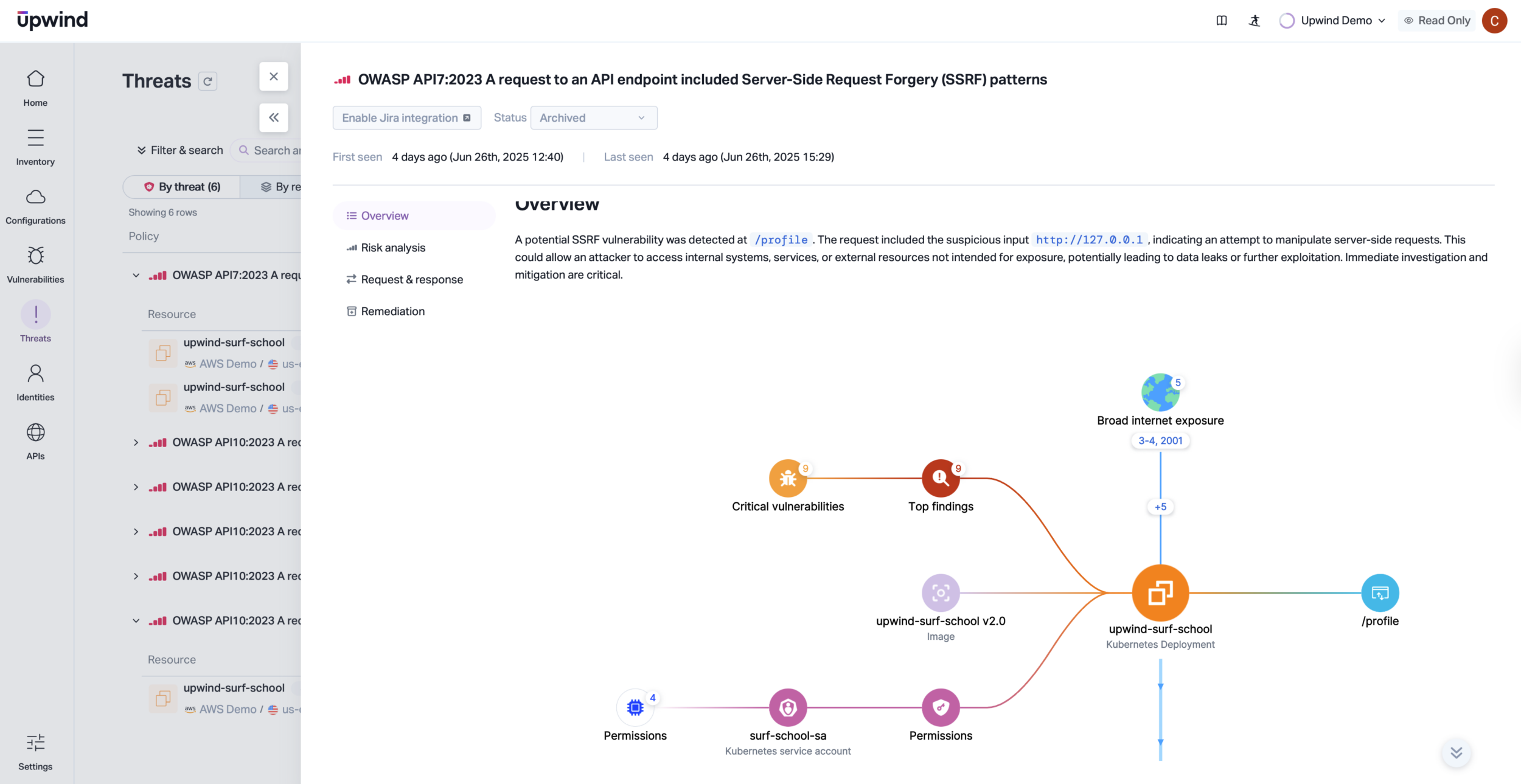
Attack Path Mapping and Real-Time Threat Detection
With live runtime insights and its cloud-native graph, Upwind maps potential attack paths across Kubernetes and cloud infrastructure. This lets teams simulate or identify lateral movement opportunities, such as:
- Compromised pods accessing exposed secrets
- Pods communicating with unapproved services
- Containers escalating privileges through misconfigured IAM or RBAC
Upwind prioritizes vulnerabilities based on real-world impact, including blast radius, threat signals, and likelihood of exploitation. This reduces noises and helps teams respond faster to the risks that matter most.
Policy Enhancement Without Performance Trade-Offs
Upwind also enables policy creation without injecting sidecars or affecting application performance, allowing for lower operational overhead and safer, more flexible enforcement in production environments. Teams can define custom posture rules to block risky behavior such as allowing public ingress to internal services, running with root privileges, or exposing tokens in runtime, all based on what’s actually happening in production.
This comprehensive coverage enables Upwind to secure Kubernetes clusters in real time, across managed and self-hosted environments, in both production and development.
Want to learn more?
Read our whitepaper, How to Secure Kubernetes (on the) Right, for deeper strategies, real-world attack examples, and expert insights with practical steps you can apply immediately to harden your Kubernetes clusters. Additionally, if you’re ready to find out how Upwind can secure your Kubernetes environments, schedule a personalized demo with us.

